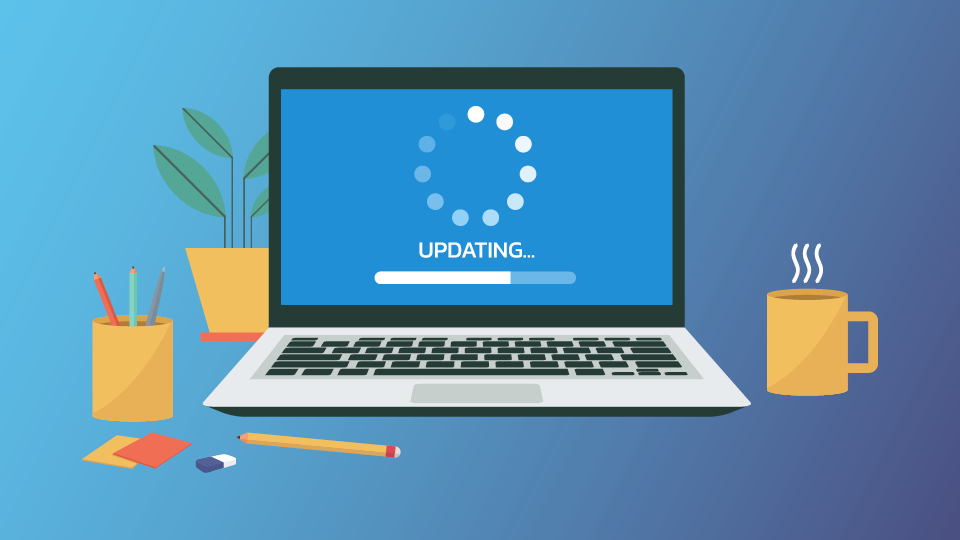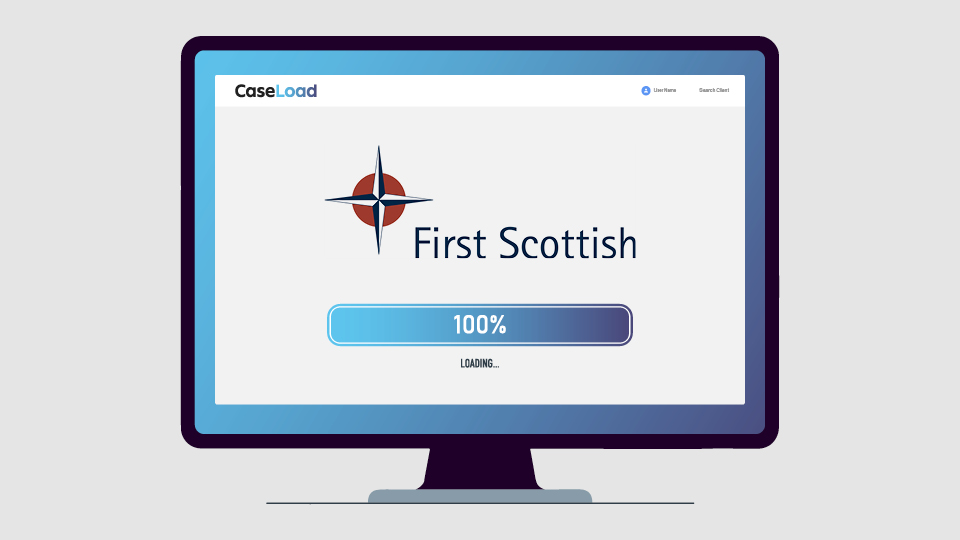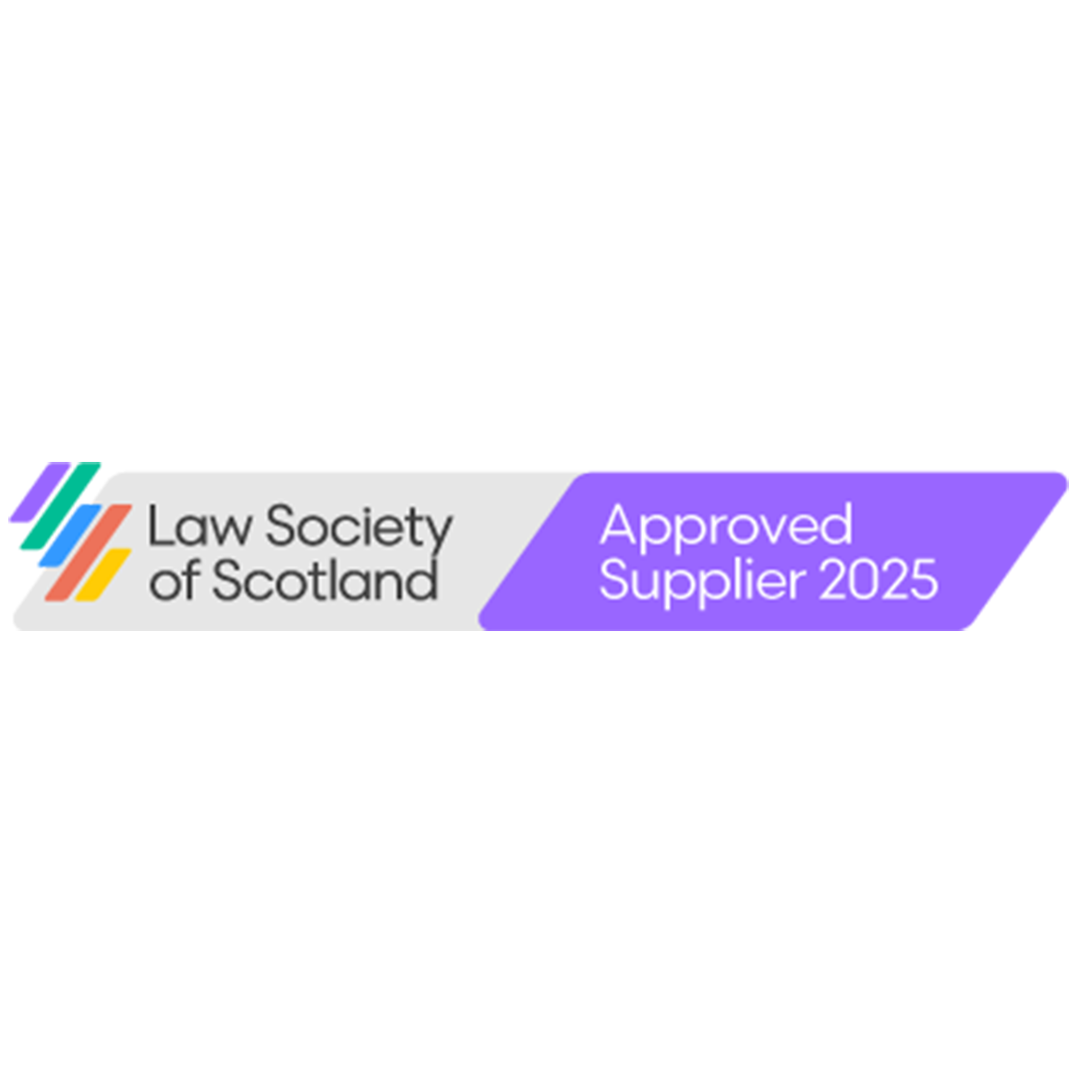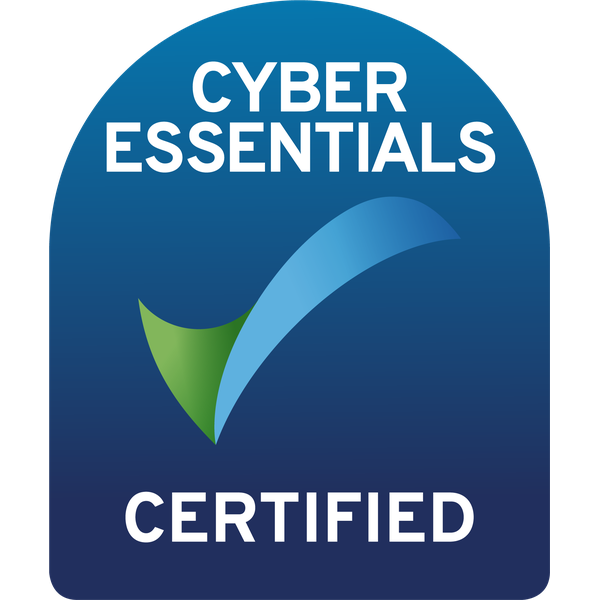Written by:

Grant Yuill
Head of Marketing & Customer Engagement
The client onboarding process is an essential component of your relationship with any client, underlining the need for an effective onboarding and intake system.
It’s where you create your first impression and begin earning their trust. It is where you evaluate the merits of their legal case and provide potential courses of action. Most significantly, from a business perspective, it is where you convert a prospect into an paying client.
In this article, we’ll present ten strategies for improving client onboarding at your law firm, which will help you develop stronger client relationships, simplify your processes, and grow your business.
#1.Divide the client onboarding process into clearly defined stages
It’s difficult to keep track of everything if the onboarding process isn’t well-organised. How do you know who has upcoming appointments, who has pending retainers, and who has to be followed up on, for example?
A lack of organisation might cause unnecessary delays in the process. It can also lead to potential clients falling through the gaps, resulting in a loss of revenue for your firm and damaging the customer onboarding experience. Breaking down your onboarding process into clearly defined steps is the greatest approach to avoid these issues.
Whether you use an Excel spreadsheet or a case management system like CaseLoad to handle your potential clients, consider establishing different stages of the onboarding process and tracking each prospect by stage. For example, you may classify your prospects as one of the following:
- Not Yet Reached
- Requires Follow-Up
- Form for Intake Pending
- Pending Retainer
- Waiting for payment
This will help you see much better which clients or future clients need your immediate attention and where the possible holdups might be, enhancing the onboarding experience.
#2. Always send reminders for appointments
Let’s face it—appointments are missed, and prospective clients who don’t yet have a solid relationship with you are more likely to do so. These things happen. However, when a client repeatedly fails to keep an appointment, it generates unnecessary frustration and takes valuable time away from your working day.
To avoid this frustration, send a welcome email or text reminder before each appointment, or call the person you’ll be meeting with directly to confirm. It may appear to be an additional burden, but it is well worth the effort because reminders can significantly minimise the risk of cancelled appointments or no-shows.
If you really want to make things easier, you can use appointment scheduling software to produce these reminders automatically. CaseLoad, for example, includes a scheduling function that allows you to add appointments to your Outlook calendar. CaseLoad can then send an automated appointment reminder to your clients.
#3. Follow checklists to keep organised
With a lot of tasks to perform each day and deadlines to meet, running a law office can be stressful. The keys to long-term success include staying organised and implementing well-defined procedures early on.
Using client onboarding checklists or milestones is one of the most effective ways to develop standardised processes for your business. They will assist you in gathering the necessary information, ensuring that no procedures are forgotten, and deadlines are met.
Not only will this improve the efficiency of your operations, but it will also lessen the risk of costly errors that could result in a malpractice claim. Most importantly, having well-organised processes will provide you with the foundation you need to hire more employees and expand your operations as you grow.
#4. Using online forms reduces or eliminates data entry
Client onboarding requires collecting a large amount of data. If your law firm is like most, you’ll have to manually enter this information into a case management system or another database.
Data entry is repetitive, time-consuming, and prone to errors, putting you at unnecessary risk of errors. By removing or reducing data entry, you not only eliminate errors, but you also save hours of time and money.
Using online intake forms rather than paper or PDF forms can significantly lessen the hassle of data entry. Online forms can be linked directly to Denovo using Denovo’s online intake software. Clients enter their information online, and you are able to integrate the data into your case management system with a few clicks.
#5. Automate the creation of engagement contracts
Creating an engagement contract is a required step in the client onboarding process. However, because the writing phase begins prior to retention and you cannot bill for hours worked, it is typically completed quickly with minimal time spent on modifications. Naturally, this haste might lead to a higher rate of errors.
These errors are annoying for obvious reasons, whether they are minor typos that make you appear unprofessional or major mistakes that expose you to unnecessary liability. In either case, it is preferable to remove error-prone activities from your workflow as soon as possible to enhance the onboarding experience.
You can use document automation to establish standardised templates that cover a wide range of scenarios and topic types, and then have the software auto-populate the required data into these templates. Automation will help reduce errors and oversights while also saving you a lot of time and facilitating a more effective onboarding process.
#6. Provide e-signatures to speed up the retention process
Before starting to work with you, a prospective client must open an email, download a PDF, print it, sign it, scan it, and email it back. There are a lot of processes involved, and many things could go wrong along the way.
Don’t let a printer without ink be the reason you’re not hired!
When it comes to obtaining new clients, your goal should always be to keep the number of obstacles or excuses to a minimal. Offering e-signature on fee agreements and other documents is a great approach to streamline your onboarding process.
For example, Denovo’s e-signature tool enables you to automate a document, insert it into an email, and send it out for e-signature in seconds. The client can then digitally sign your documents from any device, eliminating the need to download, print, or scan them. This can save you hours of valuable time, and most importantly, it can help eliminate what might otherwise be a potential roadblock to getting employed.
#7. Use drip emails to provide information and connect with your prospects
Depending on your practice area, your clients may be dealing with scary or difficult situations when they start looking for representation. It can be intimidating for them to pull the trigger and hand over their money to hire a lawyer. Naturally, the more you can do to ease their concerns, the more likely it is that your potential clients will become paying clients.
Drip email marketing is one technique to answer potential clients’ worries. You may use CaseLoad templates to send a series of automatic emails at predetermined intervals to keep a prospect engaged and interested.
For example, you may give them a series of frequently asked questions about their legal situation, educational materials to assist them understand the risks and advantages of hiring a lawyer, or simply a quick letter to see if they’re ready to move forward. Keeping your potential clients interested by teaching them about the difficult situation they are in can help build trust and increase the probability that they will hire you, serving as a foundational element of customer onboarding.
#8.Track the source of every possible client
Finding the right marketing channels is typically essential for expanding any organisation, even a legal firm. In other words, where can you constantly advertise to attract clients? More importantly, where can you achieve it for less than the average amount paid by each client?
Identifying the right channels needs some experimentation and trial and error. Throughout the process, you must keep track of the source of each possible client you encounter. Otherwise, it’s difficult to make an informed conclusion regarding which channels are most effective.
Make it a routine to ask new clients how they learned about your firm, and keep note of their responses in a database. You should evaluate the data on a regular basis to get a clear picture of which marketing initiatives are most effective, helping to set expectations for the client onboarding journey.
#9. Track new clients to assess your conversion rate
How would you know if any of your improvement initiatives are effective if you don’t have a quantitative method for measuring the results? Key performance indicators (KPIs) are specifically intended for this purpose.
One of the most essential KPIs for a legal firm to track is conversion rate. In other words, what percentage of prospective clients actually hire your firm? Track your conversion rate in the same way you track the source of your potential clients, aligning with effective onboarding methodologies.
There may be valid reasons for a prospect not to use you, for example, they may not be a good fit or unable to afford your services, so your conversion rate is not a one-size-fits-all indicator of how well you’re doing at marketing and client onboarding. Still, by creating a baseline conversion rate for a specific period of time and measuring it on an ongoing basis, you will start to see trends emerge, providing you with an unbiased assessment of how you’re doing. Ideally, you should strive to increase your conversion rate and show an upward trend over time.
#10. Use all of these principles to develop a uniform and reliable client onboarding process
Finally, the operations of your law practice are vital to its success. If you have solid processes in place to improve productivity and minimise bottlenecks in your workflows, you will be able to gradually raise your caseload and staff. To set yourself up for success, start with a strong foundation.
The onboarding process is especially essential to optimise because it is beyond the scope of the client’s representation, which means you are not compensated for the time you spend. By simplifying and organising this process, you will save time, improve the customer experience, and raise your conversion rate.
In short, spend some time enhancing your client onboarding process, and your practice will be in a far better position to expand and grow.
In conclusion, implementing these 10 client onboarding tips can significantly enhance the efficiency and effectiveness of your law firm’s operations. By streamlining your processes and prioritising client satisfaction, you can set your firm apart in a competitive market.
However, if you find yourself needing further guidance or assistance in optimising your client onboarding procedures, don’t hesitate to reach out to us. With our expertise in legal practice management solutions, we can provide tailored support to help you achieve your goals.
To get started on improving your law firm’s efficiency today, contact Denovo at 0141 331 5290 or email info@denovobi.com. Let’s work together to make your life easier.















